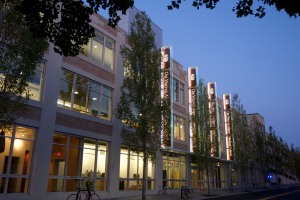The Longitudinal Integrated Clerkship (LIC) is an essential component of the PC-PM Program. The LIC model for core clinical education in medical schools was first introduced in the 1970s but became more prevalent in medical education beginning in the 2000s. This model provides students with an understanding of the continuum of health and disease, and transitions in care, by participating in the care of patients wherever it is delivered--from the outpatient setting to the hospital, rehabilitation, and care in the home. Students in the LIC will follow a panel of approximately 20-35 patients over the course of their third year, including newborns, geriatric patients, and pregnant women. Students serve as advocates and navigators for their patients throughout the year and attend physician visits, surgical procedures, and deliveries with patients from their panel. In addition, students spend one half-day per week over the course of a year with physicians in internal medicine, family medicine, pediatrics, psychiatry/neurology, obstetrics and gynecology, and surgery.
